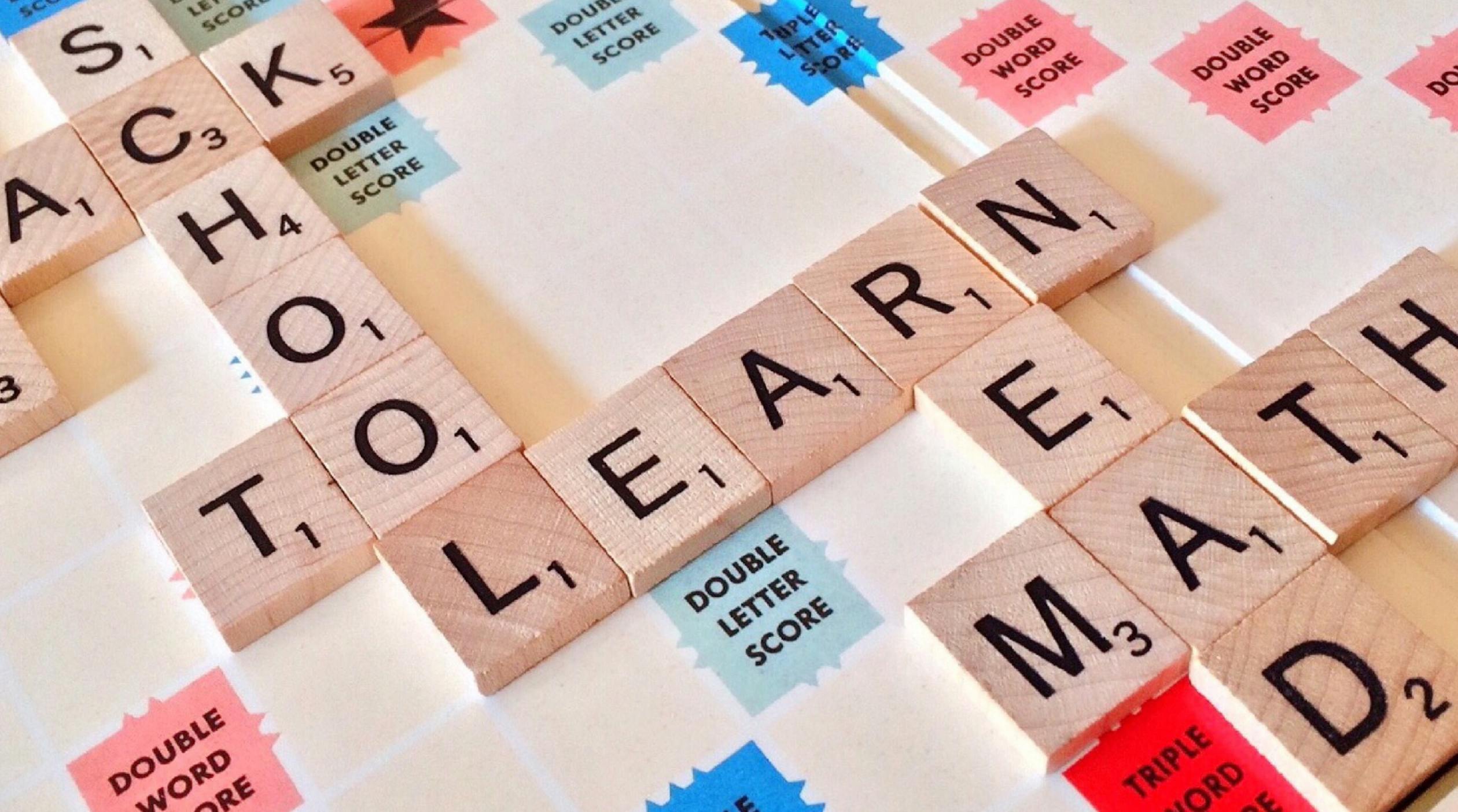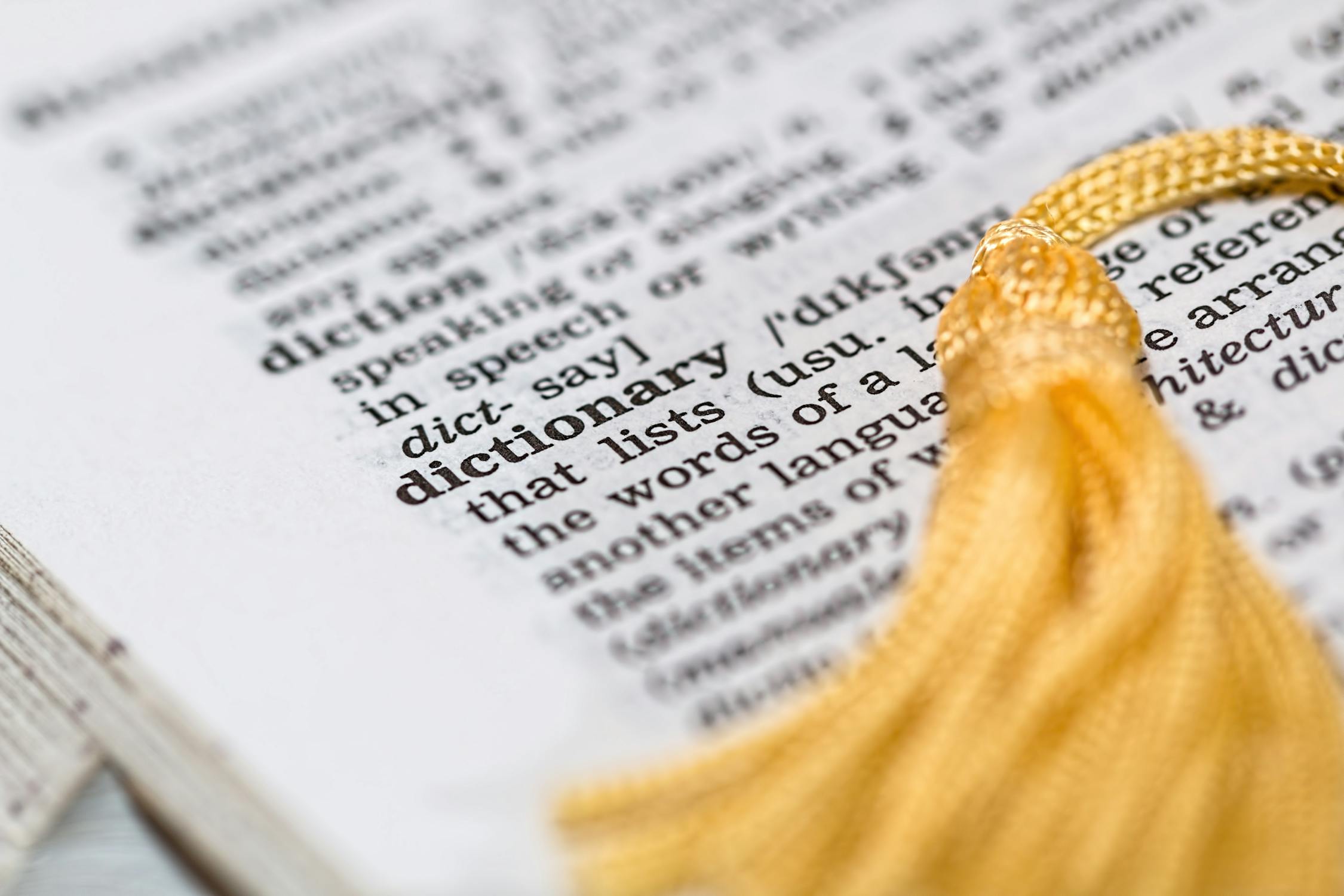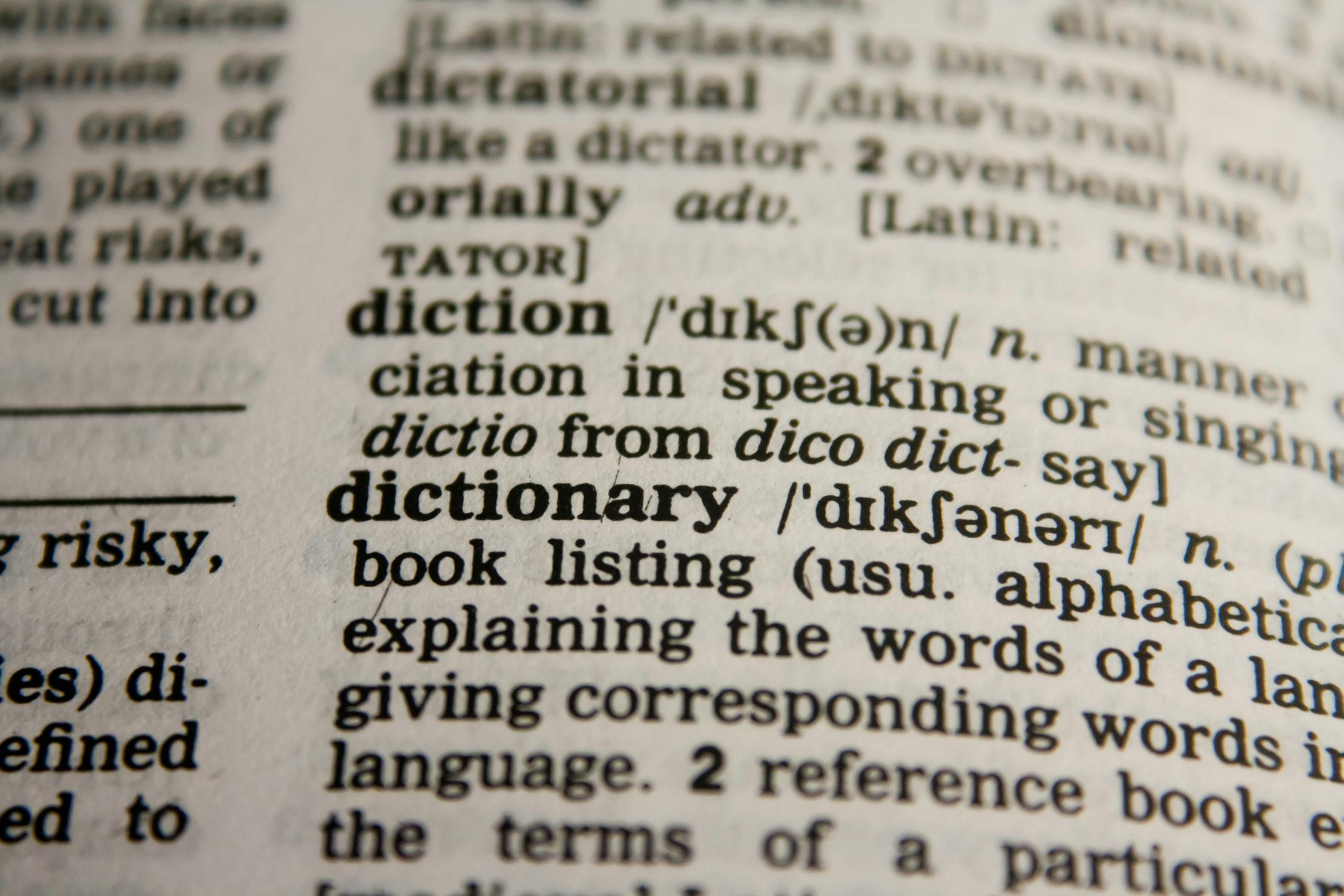How Prefixes, Suffixes, and Roots Can Raise Your Duolingo English Test Score

⚠️ The Problem That Costs You 15+ Points
3 seconds. That's all you have on the Duolingo English Test to decide if "photologic" is a real word. Get it wrong? Lose points. This happens 18-22 times during your test.
Our students tell us this is where they panic. They recognize everyday words but freeze when they see academic vocabulary. Result: They guess on 40% of these items and lose 12-15 points unnecessarily.
✅ The Solution: Master 30 Greek Roots
Learn just 30 Greek roots and you'll recognize 60% of academic vocabulary on the test. This guide shows you exactly which ones matter most (with a free downloadable cheat sheet).
What You'll Learn
Why this section of the test feels tricky
One part of the Duolingo English Test asks you to decide whether a word is real English. Those screens move fast, and some items are designed to look almost right. That's because English isn't pure—it's a huge mix of Germanic, Latin, French, and Greek sources. As a result, some "almost English" words look familiar but aren't used in real life.
The best shortcut here is to read the building blocks of words: prefixes, suffixes, and roots. These parts carry meaning. When you can read them quickly, you'll filter out fake items and confirm real ones with more confidence.
Test fact: The word validation section contains 18-22 items and directly impacts 15% of your total score. Students who master word parts average 12 points higher than those who guess.
Quick refresher: prefixes, suffixes, and roots
- Prefix:
- Added to the start of a word to adjust meaning.
- Examples: re- (again), un- (not), pre- (before)
- Root:
- The central meaning.
- Examples: graph (write), geo (earth), bio (life)
- Suffix:
- Added to the end to form part of speech or refine meaning.
- Examples: -logy (study of), -able (capable of), -ist (person who does)
On the test, you won't have time to look up meanings. You need instant pattern recognition plus a quick sense check: Does this combination make a word that English speakers actually use?

A closer look at Greek roots (with quick wins)
Greek roots show up everywhere in science, tech, and academic words. Here are three that pay off right away:
1) geo = earth
Real words: geology (study of the earth), geography (writing/mapping of the earth), geothermal (heat from the earth)
💡 Fast check: When geo pairs with -logy, -graphy, -meter, it commonly forms real terms.
2) photo = light
Real words: photograph (writing with light), photography, photosynthesis (putting together with light), photon
💡 Fast check: photo + -graph, -graphy, -synthesis are strong signals of real words.
3) graph/gram = write
Real words: autograph (self-written name), telegram (message written afar), graphite
💡 Fast check: graph pairs well with auto-, tele-, bio-, and shows up in nouns ending -graph or -graphy.
You'll also see bio (life), phon (sound), log/ology (word/study), and path (feeling/disease). Learning a small set like this gives you a big edge when time is tight. Research shows that understanding word parts can improve vocabulary recognition by up to 60%.
🎯 Practice Greek Roots Now
Test yourself with real Duolingo-style word validation. You have 3 seconds per word!
Score
0/0
Streak
0
Time
3s
photograph

Don't rely on lists alone — use context
Memorizing word parts helps, but you also need to apply them in context. Consider:
- ✓Biography = bio (life) + graphy (writing) → a real, common word.
- ✗Geosymphony = geo (earth) + symphony (music) → creative, but not a standard English word.
- ✗Unphotoable = un- + photo + -able → grammatically possible, but not used in standard English.
The test is built to trick pure memorizers with believable combinations. You'll score higher by combining your word-parts knowledge with quick reality checks: Have I seen it before? Does it match common usage? Would a native speaker say this?

Mini practice: good vs. almost-good
Try this set and apply the three-step check. You can also practice on Duolingo's official site for more examples:
Test These Words
Click to reveal answer0/8 checked
Notice how some items feel unusual but are still real because they belong to a field (engineering, biology, math). That's why understanding patterns plus a quick meaning check is stronger than a raw list.
Strategy tips for the word-validation screen
- 1Know which roots matter most.
Our students learn a specific priority list that appears most frequently on the test.
- 2Develop pattern recognition skills.
We teach a systematic approach to quickly identify valid word combinations.
- 3Learn the test makers' tricks.
There are specific patterns in how fake words are created that we help you recognize.
- 4Master time management.
Our decision tree helps you make confident choices in under 2 seconds.
- 5Practice with test-specific materials.
Generic vocabulary practice won't help — you need targeted exercises that mirror the actual test format.

Get Your Complete Word-Parts Cheat Sheet
Download the full PDF guide with 50+ prefixes, suffixes, and roots that appear most frequently on the Duolingo English Test.
Plus: Quick reference card you can review 5 minutes before your test
*We'll also send you test tips weekly. Unsubscribe anytime.
Want Complete Duolingo Test Mastery?
⚠️ Important: This is a test strategy course for students who already understand English at B1 level or higher. If you can't follow English movies or conversations, you need general English classes first, not test prep. We teach strategies to maximize your score, not basic English comprehension. This is tactical test preparation, not language learning.
Our comprehensive Duolingo English Test course focuses on test-taking strategies, timing techniques, and pattern recognition to help you score 120+ even under pressure.
Frequently Asked Questions
What's the difference between a test prep course and general English classes?
How can I raise my Duolingo English Test score fast?
Which prefixes and suffixes help the most?
Is memorizing a list enough?
How many word parts should I learn?
Can I take this course if English is my second language?
Continue Your Test Prep
Master the Speaking Section
PopularLearn the exact phrases and structures that score 130+ in speaking tasks.
High-Scoring Writing Templates
Copy-paste templates for every Duolingo writing prompt type.